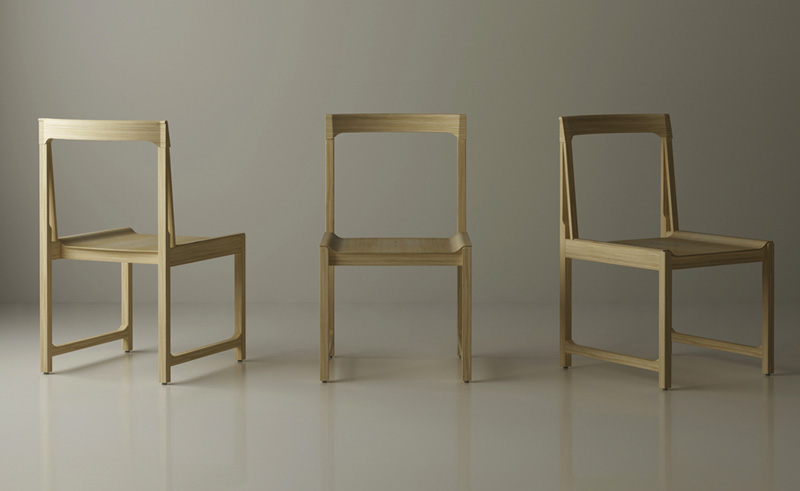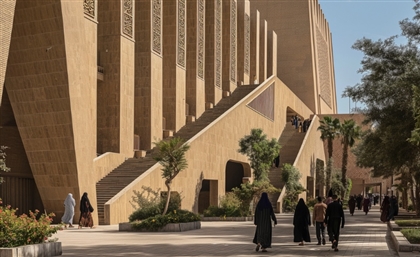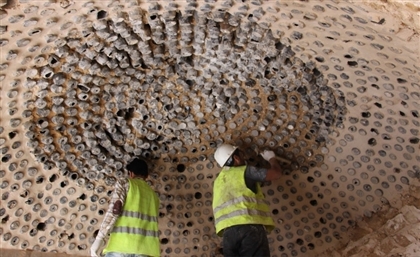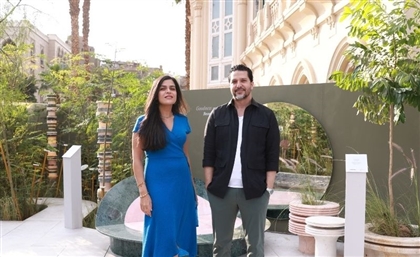Egyptian Product Designer Zhraa Alshafeei Wins Red Dot Award 2023
The ‘Tut Chair’ was recognised as one of the best design concepts in this prestigious global award ceremony.

Finding inspiration in the past, Egyptian product designer Zhraa Alshafeei reimagined the Golden Throne of Tutankhamun into a design that has been dubbed the ‘Tut Chair’. With its refined, contemporary form, the ‘Tut Chair’ has earned Alshafeei recognition as the winner of the world renowned Red Dot Design Awards 2023 in the ‘Design Concept’ category.

The Red Dot Design Awards, which had its first jury assembled in 1955, is among the world’s most prestigious awards, evaluating everything from innovative materials and automobiles to robotic arms and chairs. It granted Alshafeei the ‘Red Dot’ distinction, which is established internationally as one of the most sought-after seals of quality for design.
“The ‘Tut Chair’ was designed with a deep respect for ancient Egyptian design traditions. It embodies my profound love for our culture and the desire to expose it to a wider audience so that it’s understood more deeply,” Alshafeei tells SceneHome. “The concept was inspired by traditional aesthetics, using modern methods of design to interpret cultural ideologies and create a lightweight chair that serves a variety of functions from home settings to communal spaces.”

Alshafeei’s idea was to create a basic unit that is fundamentally simple, yet beautiful and innovative. Behind its apparent simplicity, the chair hides an intricate crafting of solid wood. The designer lightened the chair’s structure and padding, stripping them down to their essence without sacrificing comfort.
“The back of the chair was designed with a curvature that follows the ergonomics of the human body and provides comfortable support for the user,” she explains. “The essence of the chair is its seat, which is made innovatively with papyrus.” Alshafei paired papyrus with olive wood to create a sustainable palette that reduces use of wood veneers.
A great measure of conceptual designs is the level of detail and thought that goes into answering the ultimate question: how can it be produced? Alshafeei’s answer includes novelty yet is similar to how the industry operates.

“Papyrus is manufactured as it always is but with new lengths and widths that suit the product size,” she explains. “The layers are then pasted into the template for 22 to 27 hours before stages of cutting and forming of the product are carried out on plywood.”
Red Dot Design Museums are present in Essen, Germany, Singapore, Indonesia and Xiamen, China. Perhaps one day, we will be able to see Alshafeei’s ‘Tut Chair’ developed and exhibited in one of these locations.
- Previous Article The Enduring Charm of Jeddah’s Old Town of Al Balad
- Next Article Egyptian Embassies Around the World























